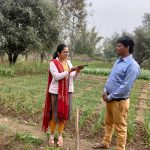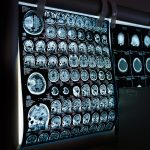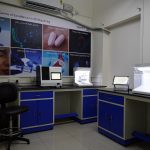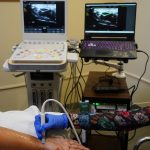New tech hub for AI and robotics at IISc aims to address socially and economically relevant problems

“I hope patients will be comfortable in speaking with me, and would consider me not just as a machine, but as a friend,” announced Asha, a first-of-its-kind robotic nurse in the country, making its debut at the Bengaluru Tech Summit in November 2020.
Asha, who is learning to speak Kannada, Hindi and English, is the brainchild of a team of IISc researchers. The robot is being developed in collaboration with TCS and Hanson Robotics, as part of a mission-mode project under the new AI and Robotics Technology Park (ARTPARK) established recently at the Institute.
Asha is not meant to replace a human nurse, but to be a “tool” that can be used by the nurse to assist a patient who might be far away, explains Bharadwaj Amrutur, Professor and Chair of the Robert Bosch Centre for Cyber-Physical Systems (RBCCPS) at IISc, who leads this initiative. “The nurse could operate this robot assistant to deliver care without physically coming to the [patient’s] home.” This can be especially helpful during pandemics like COVID-19.
Asha works via virtual reality. A headset and a pair of gloves capture the human nurse’s facial expressions and hand movements, and relay them to the robot. As the nurse physically moves their hands around – to open a pill bottle or take a patient’s temperature – the robot performs the same action.
In the future, the interaction could be made more intuitive, through voice commands, for example. “Five or 10 years from now, we will have very good communication networks. I could just speak through the smartphone, instructing the robot,” says Amrutur. “That’s a really challenging research problem. No one in the world has done it.” In theory, a nurse sitting in one state or country might be able to control a robot next to a patient in another state or country. The team behind Asha is also working on developing technologies that will allow the robot to display more human-like emotions, and understand and speak in multiple Indian languages.
Assistive robots like Asha are one of several research challenges that ARTPARK has undertaken under the broad theme of AI and robotics. It has been set up as a non-profit company with seed funding of Rs 170 crore from the Department of Science and Technology’s National Mission on Interdisciplinary Cyber Physical Systems and Rs 60 crore from the Karnataka state government. Its goal is to provide a platform to translate academic research to industry and startups faster and more seamlessly.
ARTPARK will focus largely on mission-mode projects that are relevant to society and the economy as well as “technologically audacious,” says Umakant Soni, the newly appointed CEO of ARTPARK and co-founder of venture studio AIfoundry, IISc’s collaborator in this initiative. “AI and robotics is going to lead to close to 15.7 trillion dollars of new economic value. But India’s share might be a mere one trillion dollars, whereas China’s would be eight trillion. If we need to reach 10 trillion dollars as an economy … we need to take these technology moonshots.”
Another example of a socially-relevant project that ARTPARK plans to pursue, titled “Project Eklavya,” is the setting up of remotely connected labs to help students in rural areas watch and perform science experiments in real time. “One of the big challenges is that in government schools in rural areas, the labs will not be working or the instruments will be broken,” says Soni. Instead of taking new equipment to these areas which may be difficult and expensive to maintain in the long run, ARTPARK will focus on setting up remote labs in urban areas where robots will operate the apparatus or equipment, but students in rural schools can be given access to control the robots remotely so that they can perform their experiments.
Yet another area of research that ARTPARK is involved in is using drones to safely deliver medicines, food or other items in urban areas. It plans to set up “Dronery” facilities to build these drones and also work with industry and government partners to map out air routes or corridors for drones to move smoothly across large distances. “We could set up these corridors somewhere from the north of the airport to the IISc Challakere campus, and have these drones routinely deliver things to show that we can do this kind of delivery in a safe way,” explains Amrutur. “This will involve multiple institutions, including the Ministry of Civil Aviation … companies like Swiggy and Flipkart may also be interested.”
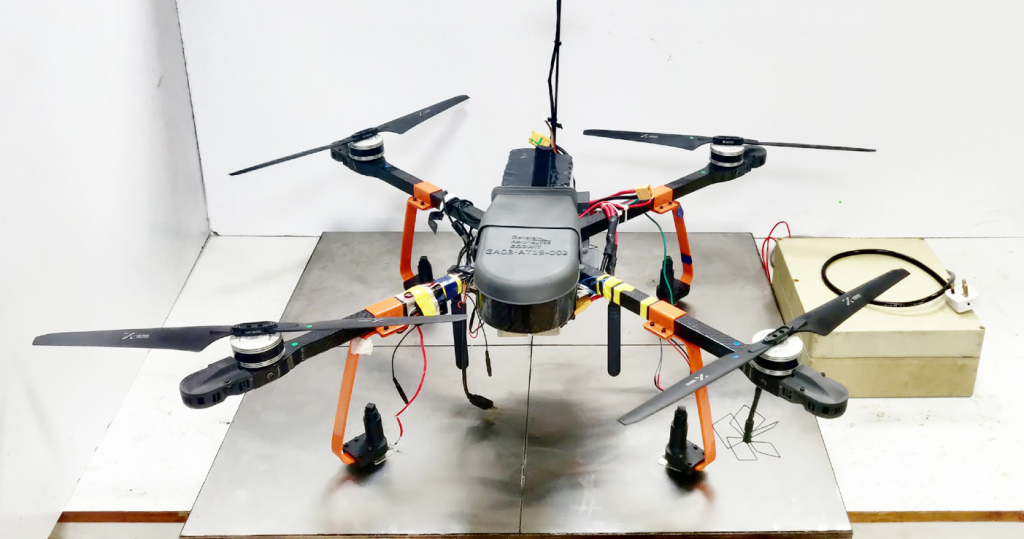
All of these initiatives will require developing new technologies, including those related to 5G networks, autonomous vehicles and manufacturing processes, for which testbeds will be set up at both IISc and Challakere campuses. Other technologies, such as speech-to-speech translation for robotics and mechanisms for sharing confidential data securely, are also planned.
In addition to cutting-edge research, a major focus of ARTPARK will be “Technopreneurship” – spawning deep-tech companies in the domains of AI and robotics, says Soni. “We are planning to set up a venture studio in ARTPARK. Its role will be to create ventures out of these pathbreaking mission problems that we are solving. We are also creating a $100 million venture fund to support these companies.” Student fellowships, courses and workshops for students and industry professionals are also on the horizon.
What sets ARTPARK apart from other technology innovation hubs around the country is that it brings together academic research, industry translation and entrepreneurship under the same roof, according to Soni. “In Silicon Valley, research can travel all the way [from academia] to the market in a structured manner,” he says. He highlights the example of how Google was born out of research at Stanford University. “If we need to come up with a company like Google in AI and robotics, we need to build that research translation ecosystem in India, and IISc has to be a pioneer in that.”


